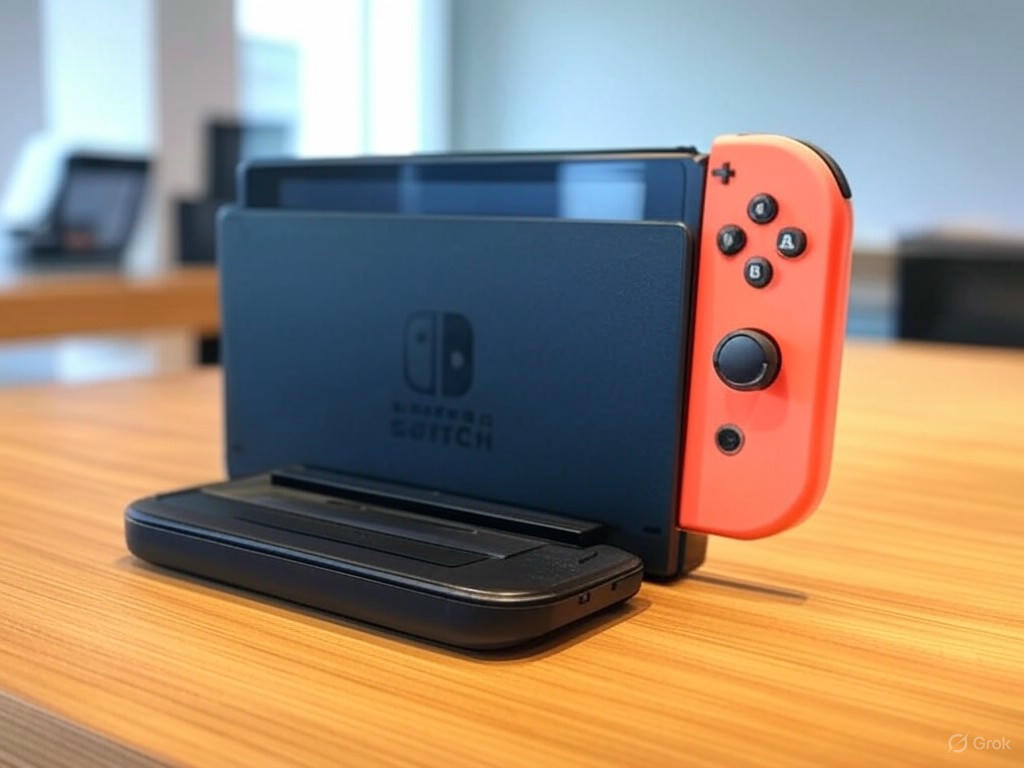Unpacking the Switch 2 Storage: How Much Space Do You Really Get?
The gaming world is buzzing with anticipation for the Switch 2, Nintendo’s latest console set to redefine portable gaming. One of the most discussed features ahead of its launch is its storage capacity, a critical factor for gamers eager to dive into expansive worlds without worrying about running out of space. With the official announcement revealing 256 GB of internal storage, many assumed this would be a significant upgrade over its predecessor. However, as details trickle out, it’s becoming clear that not all of this space will be at players’ disposal.
When you first boot up the Switch 2, don’t expect to see the full 256 GB ready for your game library. A portion of this storage is reserved for the system’s operating software, pre-installed applications, and other essential functions that keep the console running smoothly. Early reports suggest that the system itself could claim upwards of 30 to 40 GB right out of the box. This means gamers might be left with around 210 to 220 GB for their own use, a figure that, while still generous, may feel limiting for those planning to download large AAA titles or maintain a vast digital collection. Modern games often require significant storage—some titles can easily take up 50 GB or more—making every gigabyte precious.
This storage allocation isn’t entirely surprising, as it’s a common practice across gaming consoles and devices. System files, updates, and background features like save data management all need room to operate. However, with the Switch 2 aiming to compete in an era of increasingly digital gaming, Nintendo’s decision to reserve such a chunk of storage raises questions about long-term usability. Fortunately, whispers of expandable storage options via microSD cards have surfaced, potentially offering a lifeline for players who need more room. If confirmed, this could allow users to boost their capacity by hundreds of gigabytes, though it comes at an additional cost. Nintendo has yet to officially detail the maximum supported size for external storage, leaving some uncertainty in the air.
Beyond the numbers, the storage situation with the Switch 2 serves as a reminder of the evolving needs of gamers. As we move toward a future dominated by digital downloads and cloud-based saves, console manufacturers must balance onboard capacity with affordability. For now, prospective Switch 2 owners should plan ahead—prioritizing which games to install and considering external storage solutions from day one. While 256 GB sounds impressive on paper, the reality of usable space might push players to adapt their habits or invest in additional hardware. As the launch date approaches, the gaming community will be watching closely to see how Nintendo addresses these concerns and whether future updates might optimize storage efficiency. The Switch 2 promises innovation, but managing its storage will be key to unlocking its full potential.


